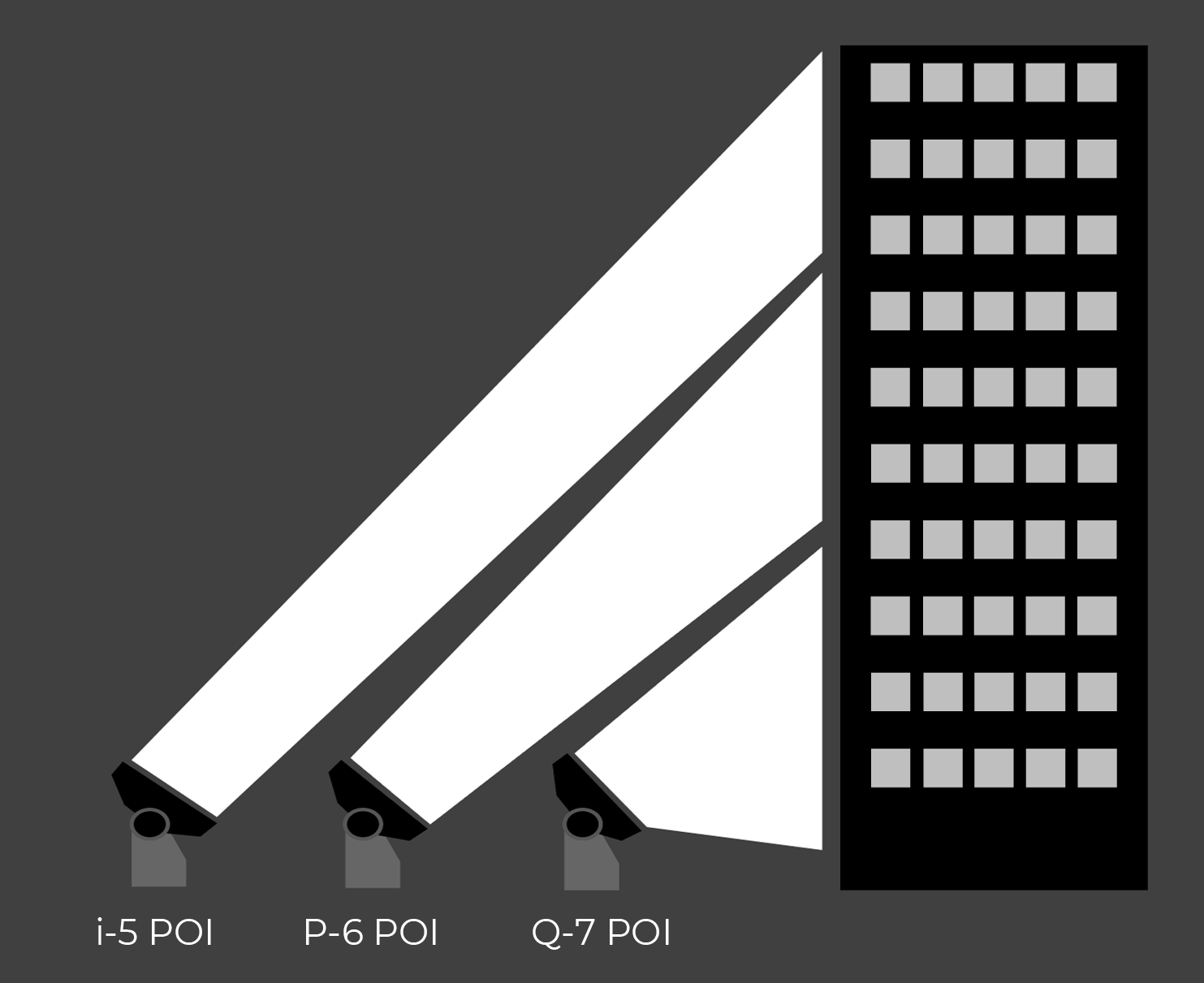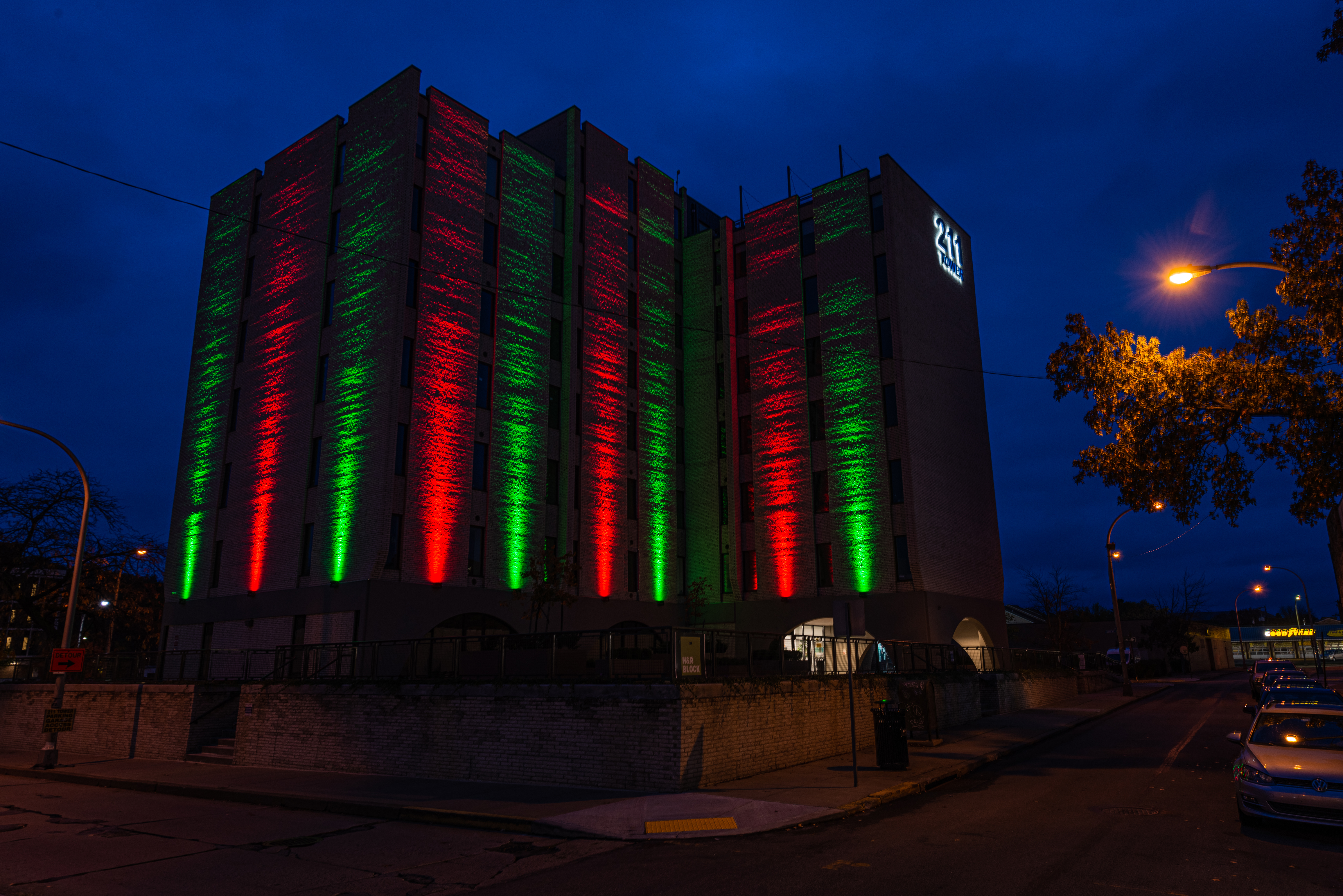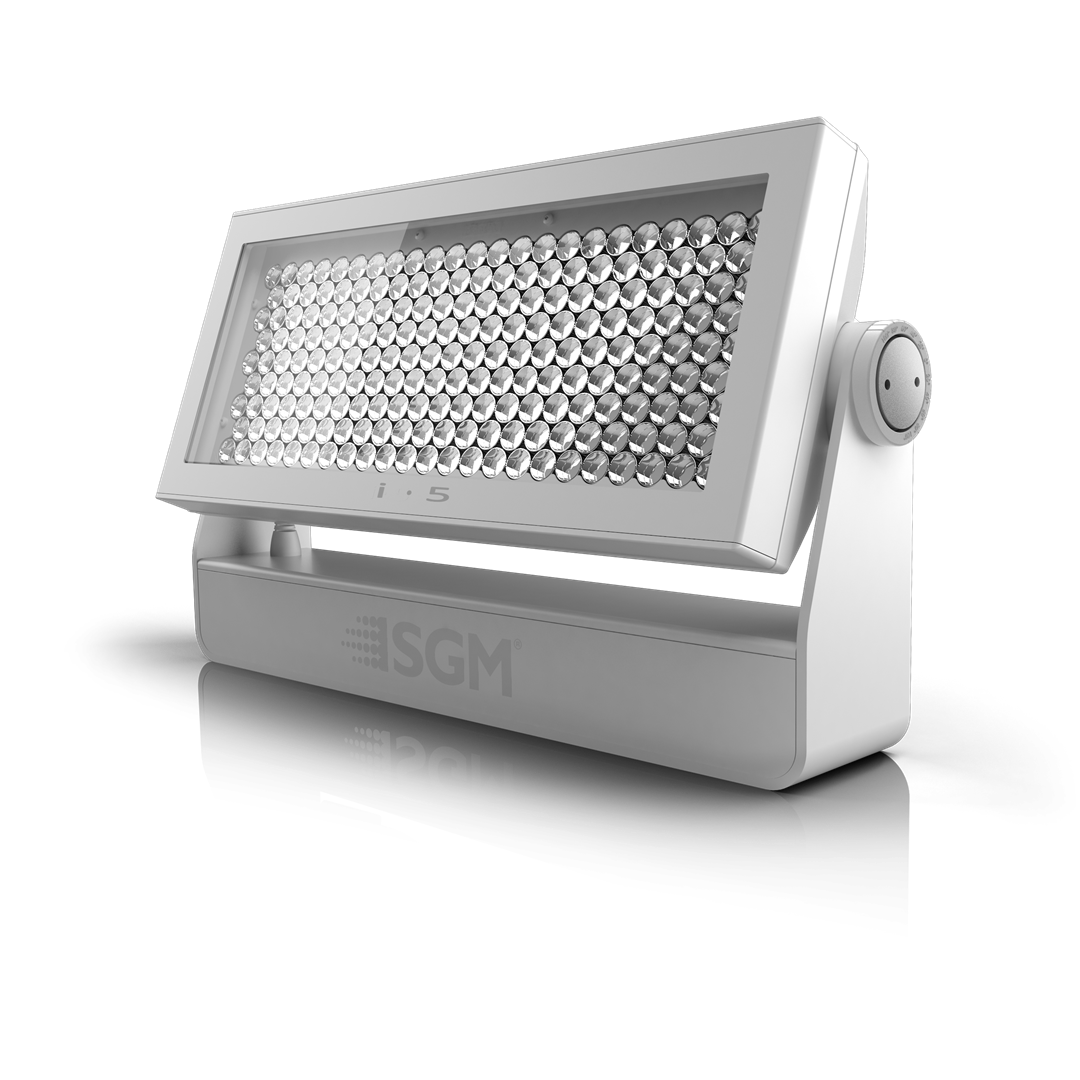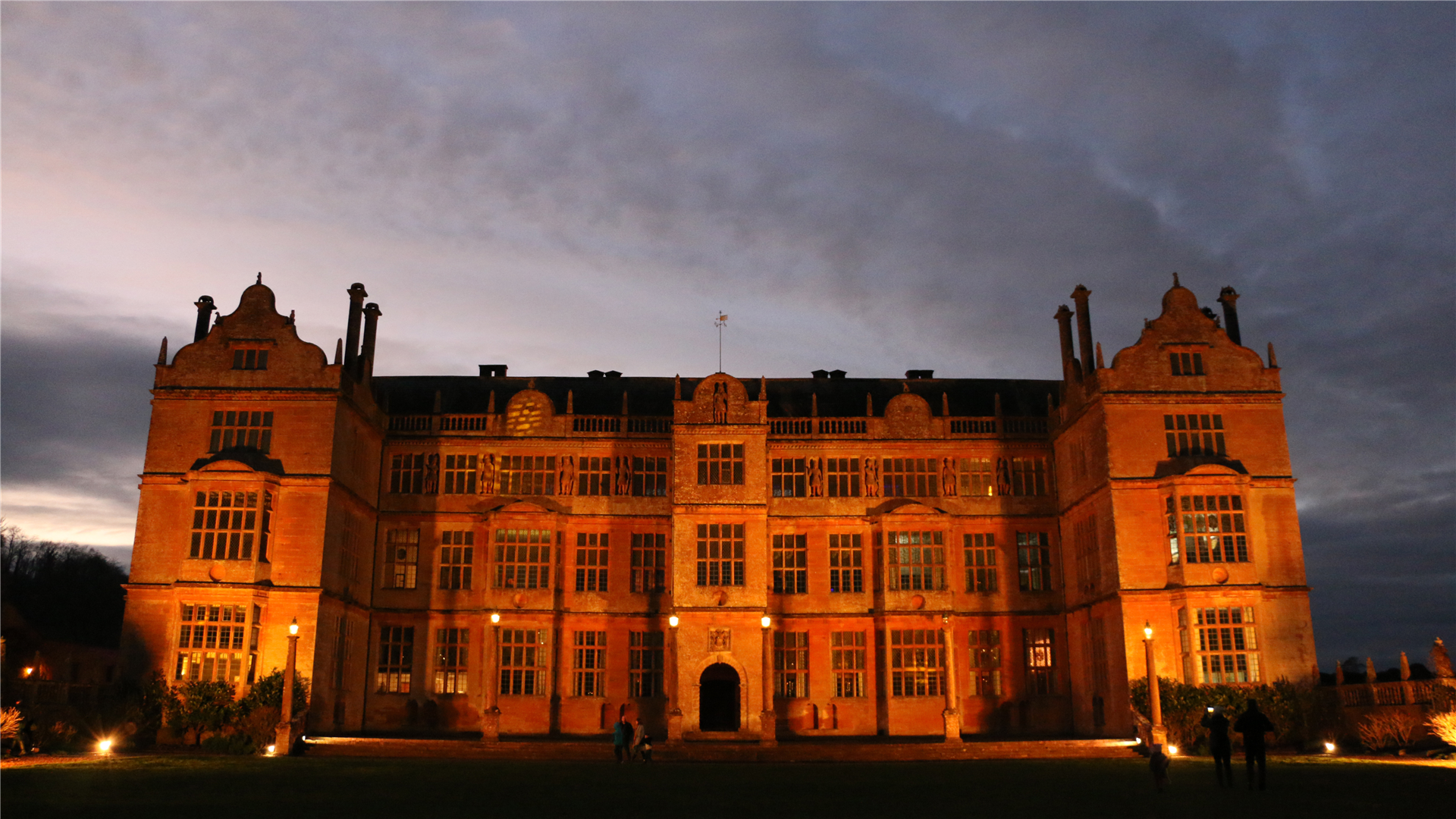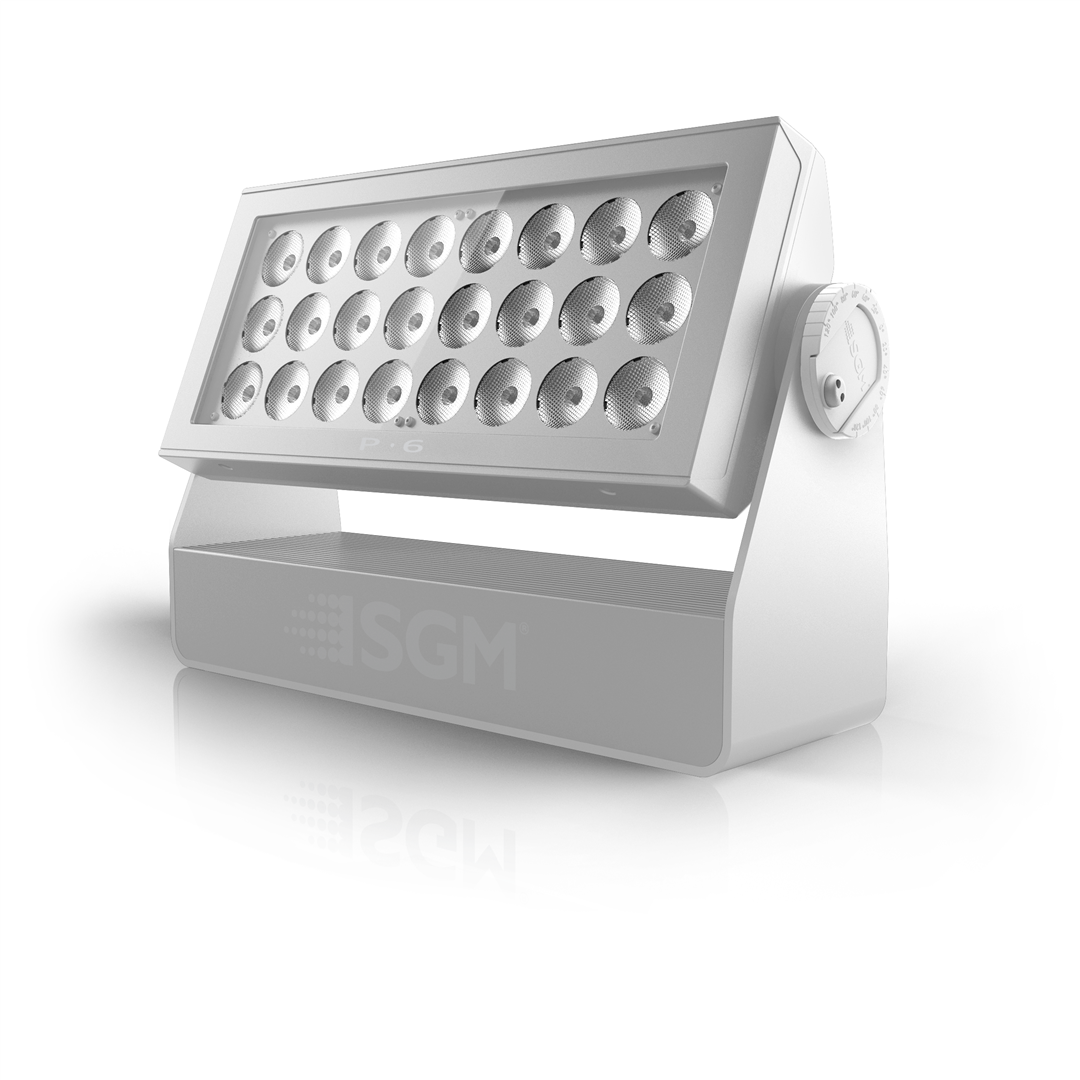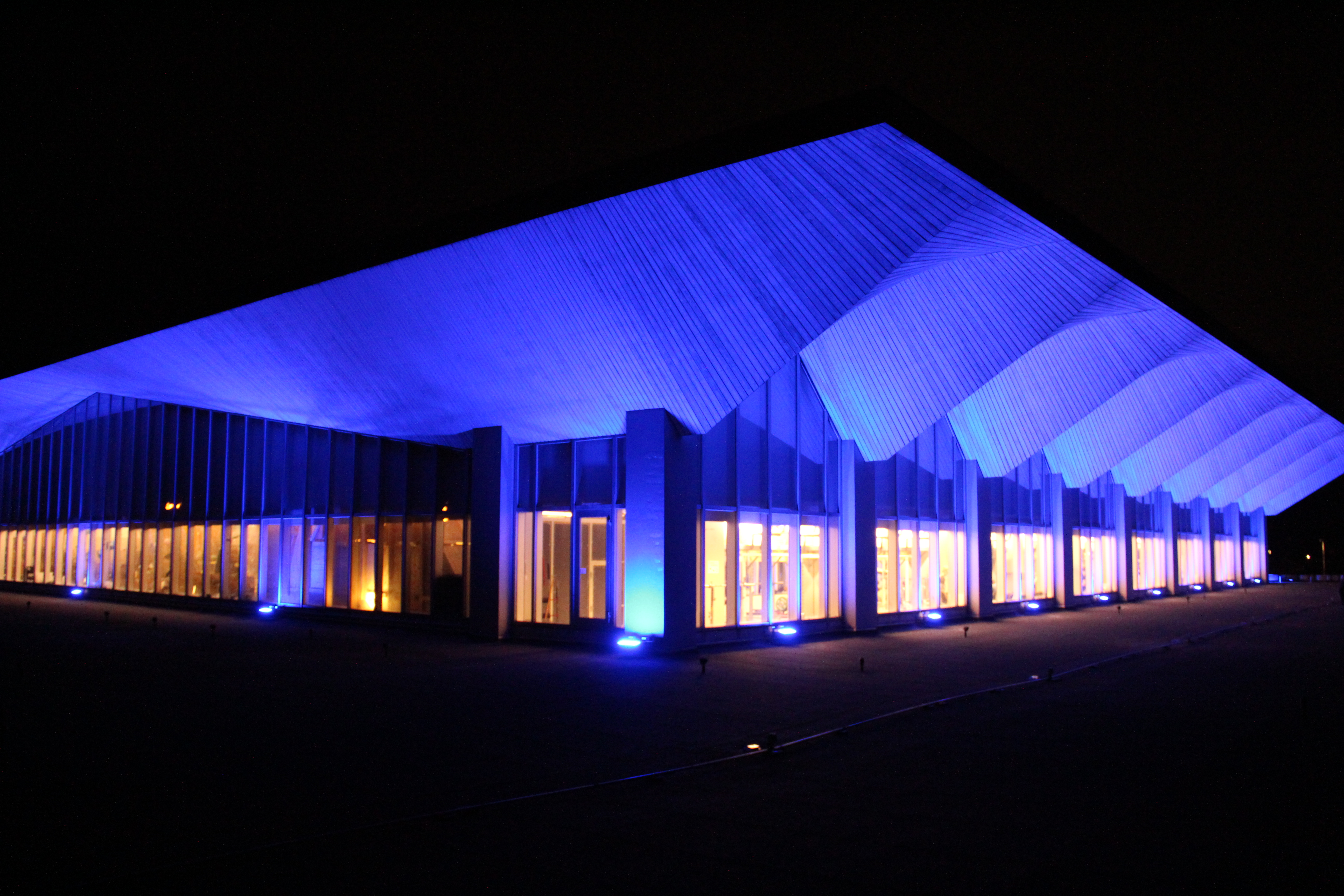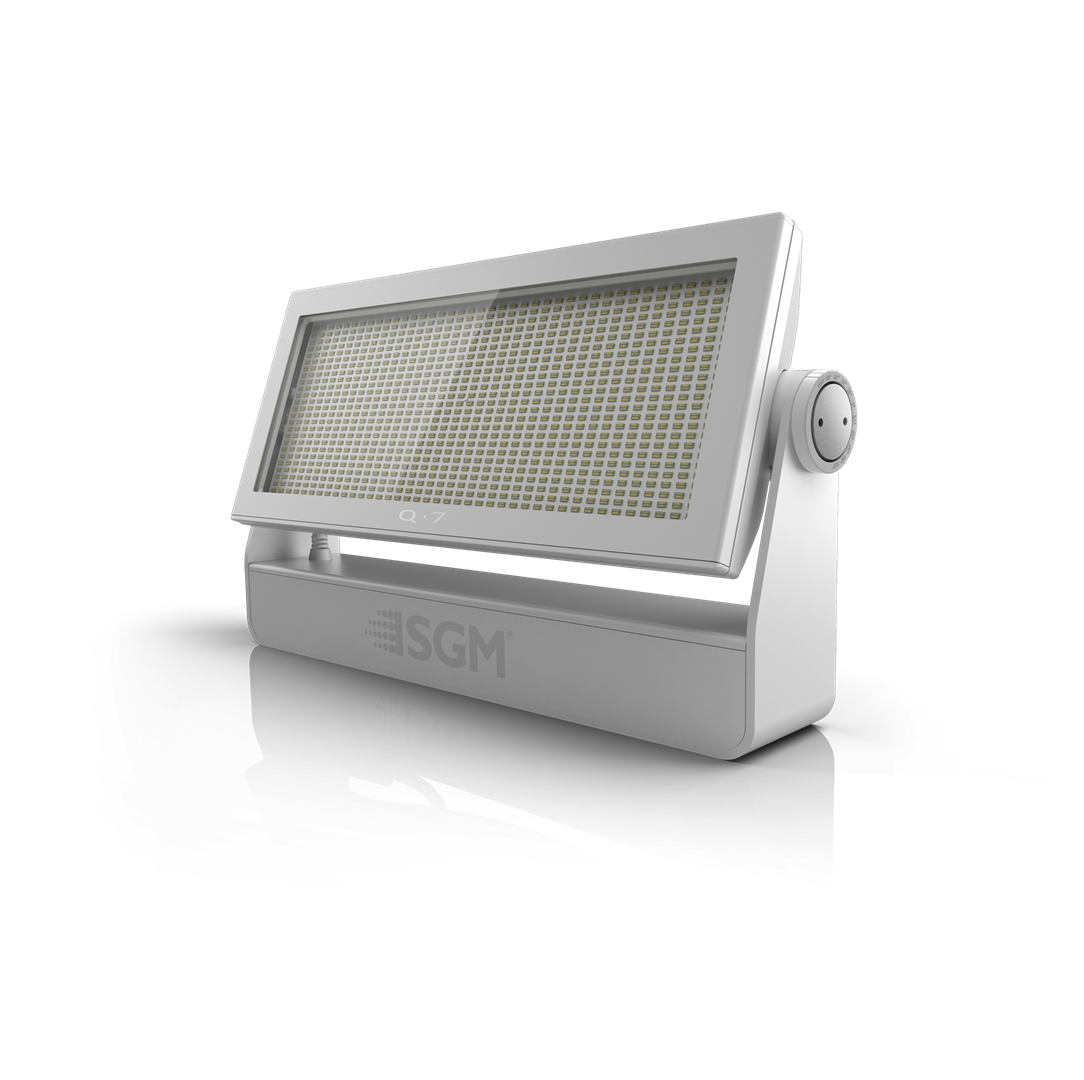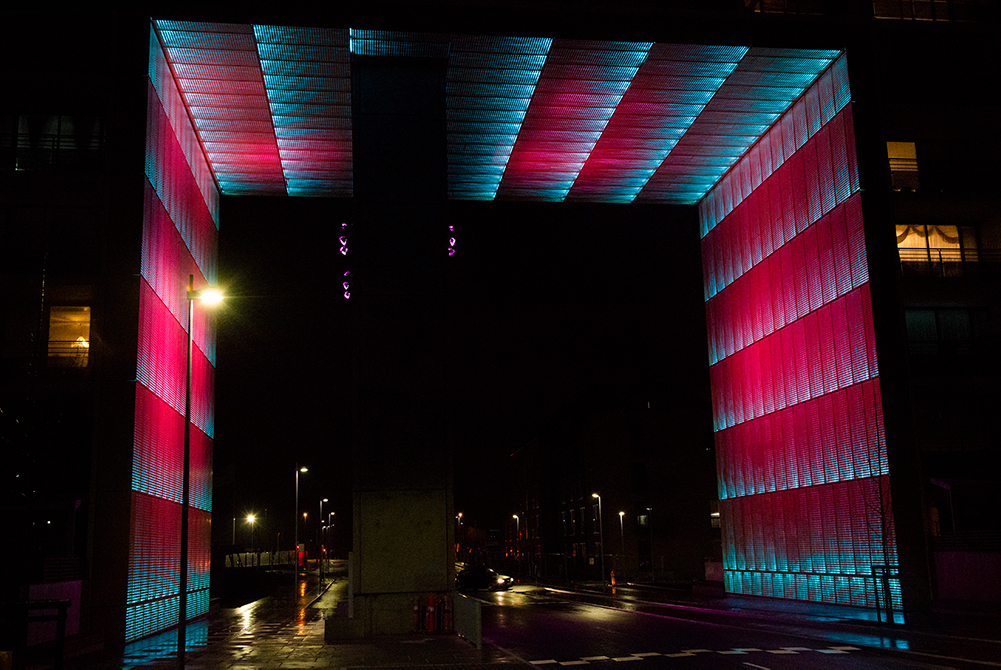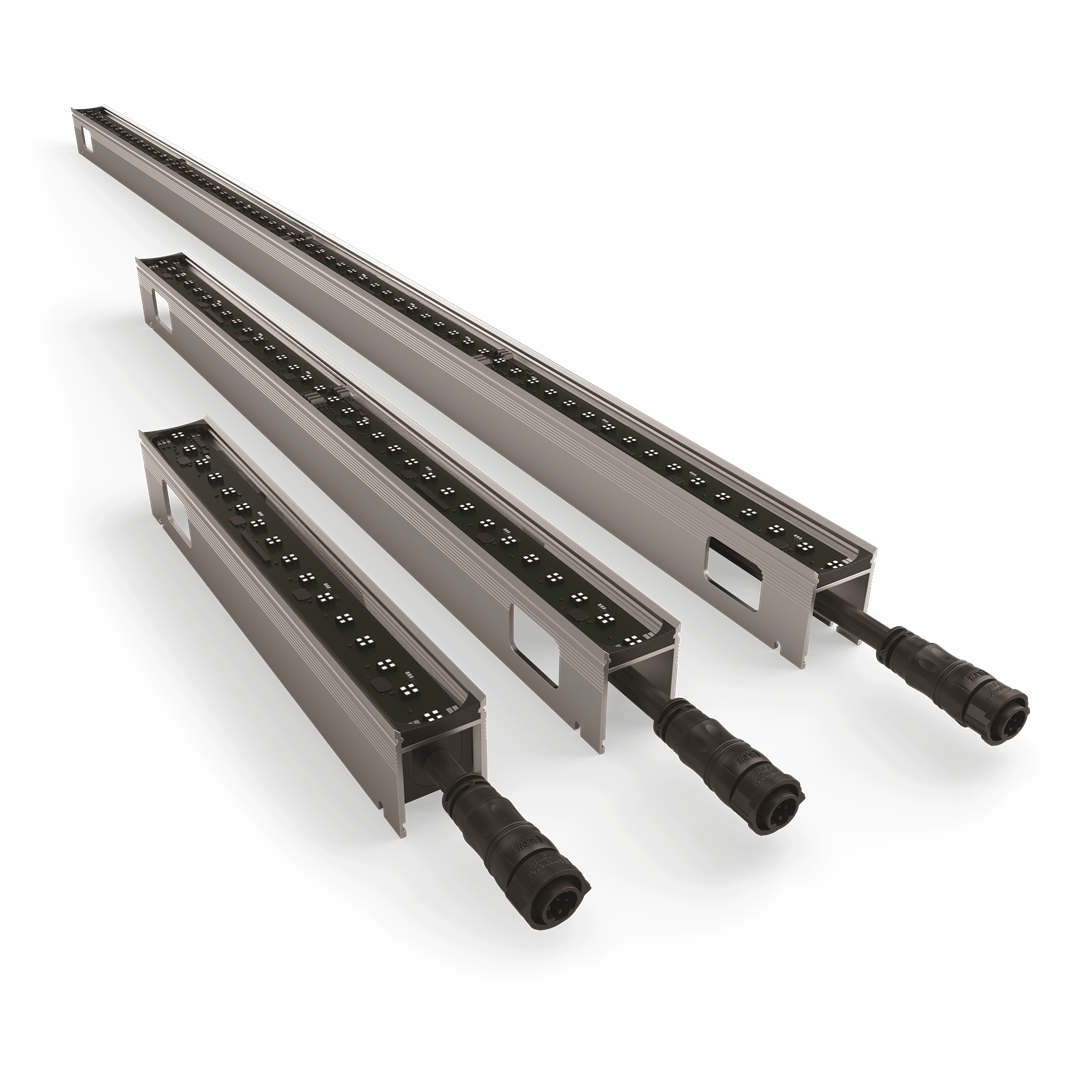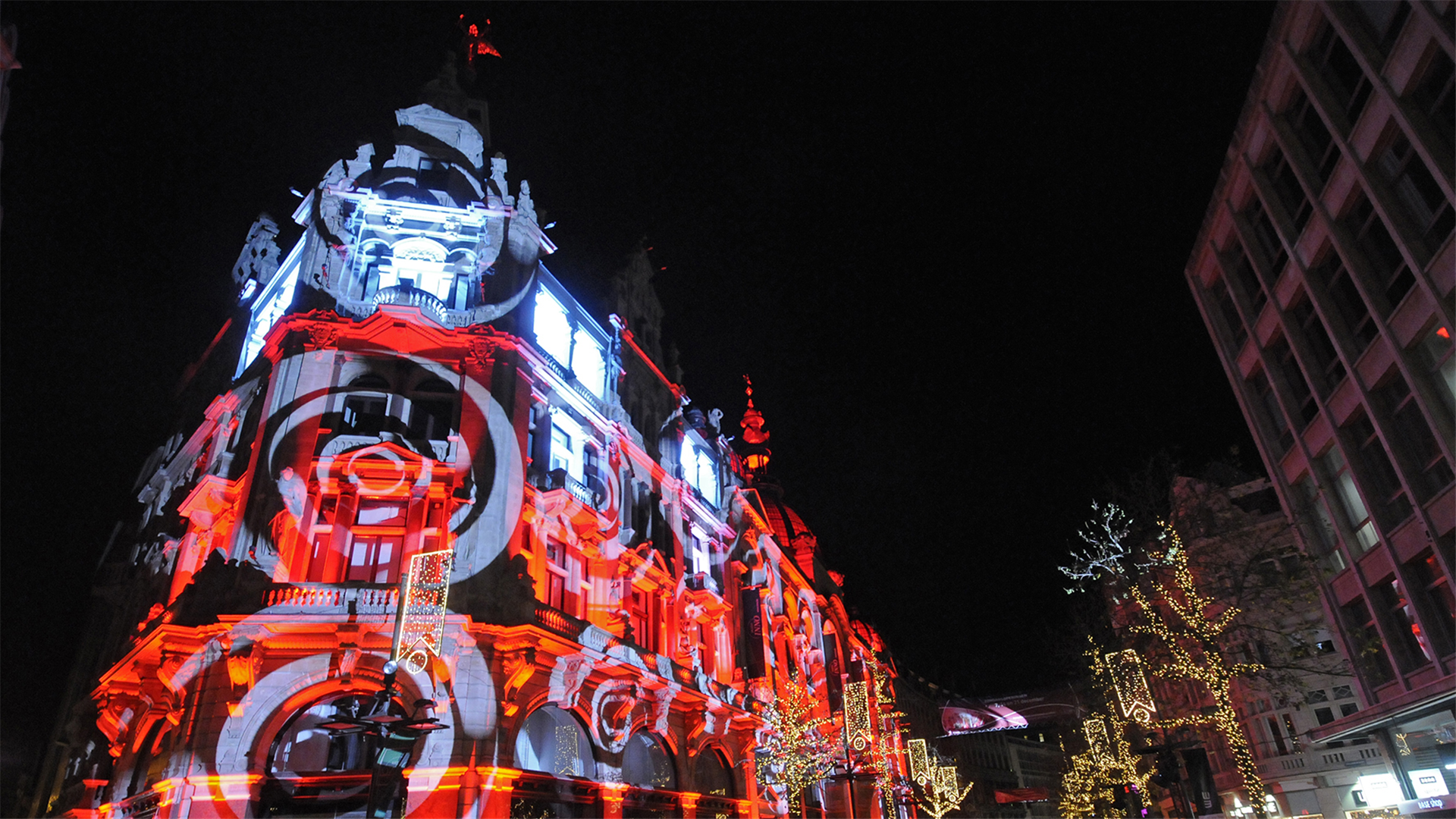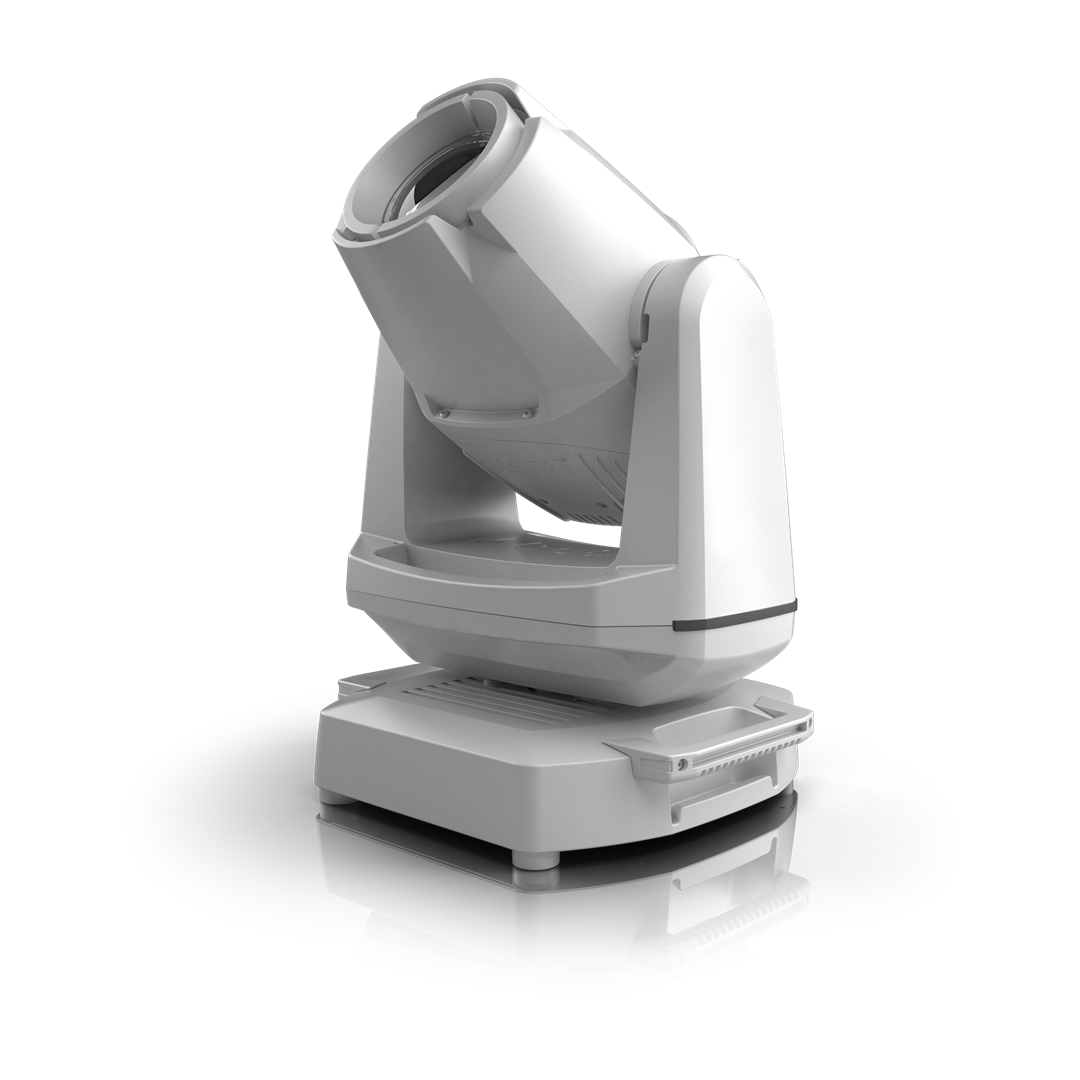The Permanent Outdoor Installation family of SGM architectural luminaires is designed to fulfill the needs of dynamic facade lighting via specifically engineered LED engine and lens combinations. Instead of loosing output and efficiency through filters or secondary lenses, the POI system starts with the appropriate LED engine, available in multiple sizes to maximize efficiency and flexibility.
The I, P, and Q series offer a combination of narrow-to-wide beam angles to achieve the best throw and uniformity for the given distance, while ensuring color consistency, long-term reliability, and advanced control.
